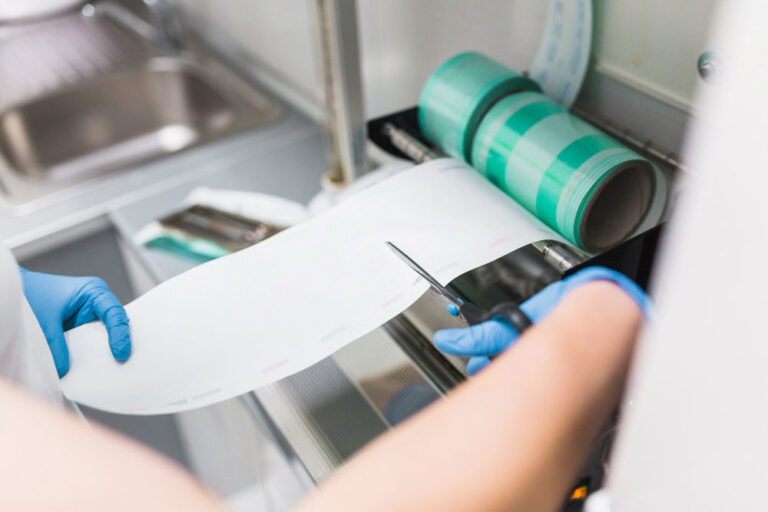When it comes to making labels, choosing the best printing technology is a critical step in the process. Sure, choosing the right ink ribbon is nice, and having the right type of plain label at your disposal is great, but none of these will matter if you don’t cap them off with the right type of printing technology.
The two to be analysed today – direct thermal and thermal transfer labels – are two of the most widely used systems in the label-making industry today (just check out the CDM Labels website to see for yourself). That aside, these two are excellent when it comes to printing high-quality labels, and you can almost always guarantee top-notch results for all your printing needs, including barcodes and images.
But the real question is, which one of them is better? In other words, how do you pick between these two when faced with the task of printing high-quality labels? If you need the right answers, read on to discover them.
Direct Thermal Or Thermal Transfer: What Method Of Label Printing Is The Real Deal?
Before proceeding, you need to understand that each label printing technology is useful in its own rights; the tiebreaker, however, comes when your specific needs have been assessed. But before getting to that point, here’s a brief look at what each type of label offers:
Direct Thermal Label
The first difference between this type of label and the other option is its sole use of heat to print labels. The principle involves the use of heat-sensitive material that is heated and turns black as an indicator. What’s unique about this type of label is that it doesn’t require ink, toner, or ribbons.
It’s the common choice for mobile printers due to its quick and easy process of printing labels. However, direct thermal labels are sensitive to factors like sunlight and chemicals, are prone to abrasions, fade easily, and have short lifespans.
They’re not employed for long-term labels but instead for labels that have short-term usage e.g., shipments, receipts, perishable items, and tickets.
Thermal Transfer Label
Unlike its heat-based counterpart, thermal transfer label technology involves the use of ribbons and ink to create a label. The ink is usually made from resins, while the ribbons are wax-based. The idea here is that these components melt into the printing media, creating a long-lasting label for prolonged use.
Think of thermal transfer labels as those labels that have been taken to the next level from direct thermal labels. It’s not a farfetched idea, considering that they possess resistance to environmental factors and last more than six months.
You can find these labels on medical and laboratory specimens like blood bags and storage media that are kept in cold places. Thermal transfer labels are also versatile in their use, and materials are compatible with them. Essentially, these labels are the next step in the ladder of label printing technology.
Verdict: Direct Thermal or Thermal Transfer?
Remember that your specific printing needs also account for your final verdict. However, direct thermal labels offer a compact, easy, and quick printing process. The quality is excellent, and it offers labels that fit a range of products.
Thermal transfer labels offer longevity, stronger durability, and versatility with components and materials. Whatever you end up with will be determined by these factors and your preferences.

0 Comments